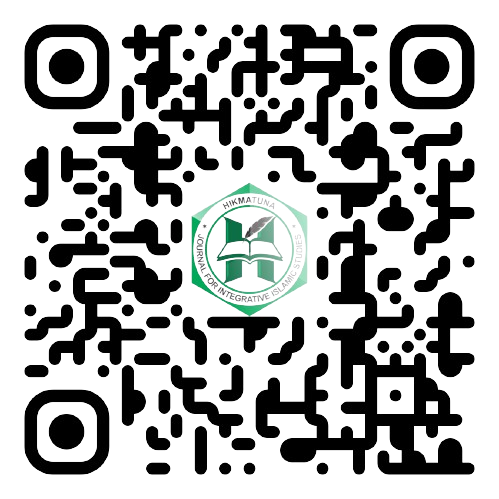Child Adoption Model in Islamic Law: A Case in Central Java Indonesia
DOI:
https://doi.org/10.28918/hikmatuna.v9i2.1248Keywords:
Adopted child, child adoption, child status, Islamic law, legal cultureAbstract
This study aims to analyze the model of child adoption practices and the legal consequences of adopted child status in Islamic Law. This research is a field study with a juridical-empirical approach, which is descriptive and analytical in nature. Data on child adoption practices were analyzed using Friedman's legal system theory, which views the legal system as consisting of interconnected subsystems, including legal rules, enforcement, and the legal culture of the community. The effectiveness and success of law enforcement are measured through three elements of the legal system: the structure of the law, the substance of the law, and the legal culture. The research findings indicate that the model of child adoption practices in Batang District, Central Java is highly diverse. These models are observed in several villages within Batang District, such as Lebo, Pesaren, Banjiran, and Kalipucang Wetan. According to Indonesian legal regulations regarding child adoption, the reality is that the first model of child adoption does not comply with Indonesian legal rules, while the second model follows a familial approach. Several variations of these models present legal issues that have significant implications, particularly in terms of lineage, inheritance rights, and mahram relationships.
Downloads
Published
How to Cite
Issue
Section
License
Copyright (c) 2023 Qurrota A’yun, Nur Meilani, Dewi Rahmawati

This work is licensed under a Creative Commons Attribution-ShareAlike 4.0 International License.
















